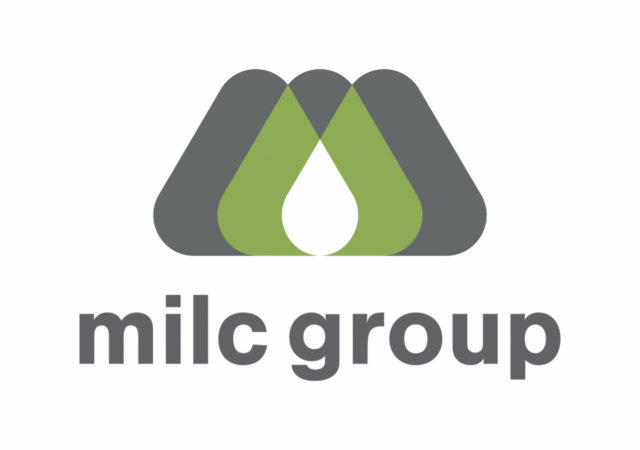President Glen E. Brown presided at the spring Holstein Association USA Inc. board of directors meeting on March 26-27 at the association’s headquarters in Brattleboro, Vermont.
The board heard reports from the audit, genetic advancement, junior advisory, legislative affairs and type advisory committees.
The business plan portion of the meeting included results of 2014 objectives and updates on 2015 objectives. The board heard a presentation on the new mobile website for use on smartphones and tablets. Since its introduction on Feb. 20, the site has had more than 450 visitors, the majority of them on smartphones. Management reported that Enlight, the online management tool, has enrolled 654 herds since June 2014.
Program activity
Management reported registrations through Feb. 28 of 58,399, up 2 percent from the same time last year. Total transfers, including individual, whole herd and family transfers, through the end of February stood at 8,673, up 32 percent from 2014.
Holstein Complete enrollment through Feb. 28 totaled to 305,727 cows and 1,860 herds. This is an increase of 7 percent and 2 percent respectively, since the end of last year.
Research
The board was updated on the association’s grassroots, membership-driven research project to find haplotypes of elite Holstein females that are associated with their valuable and unique phenotypes. Work will continue on this project, which began in 2013.
The board heard a report of the type advisory committee meeting held in January. The committee recommended the association initiate a research project to find out specifically what role genomics could play in reducing the occurrence of digital dermatitis (hairy heel warts) in Holstein cattle.
The board heard an update on the feed efficiency research project being conducted between the USDA and several universities. Since 2013, the Holstein Association has provided type evaluation services on approximately 2,000 cows in the study.
The main project plan is to deliver genomic breeding value estimates for dry matter intake and residual feed intake and to learn more about the relationship of feed efficiency to body, mobility, udder and other type traits. The project continues through 2016.
Holstein history
One of the highlights of the meeting was the tour of the Holstein Association’s new history room. Still in development, the “Ideal Holstein Room” is designed to create a space to preserve and display important historical Holstein Association artifacts and documents that tell the story of the association.
Other board actions
In discussion on genomic evaluations, the board approved several recommendations by the genetic advancement committee. These included:
- To emphasize the need for continued validation/verification of actual phenotypic performance of type and production
- To make the haplotype information available on the weekly genomic updates
- To support a research project on the genetic resistance and susceptibility to digital dermatitis
- To encourage USDA-AGIL to continue to study heat stress across the U.S., with the goal of identifying the genetics that works best in different climates
- To support the industry moving to an annual genetic base change
The board approved the junior advisory committee’s recommendation to transition the Junior Breeder and Production awards from an application process to a query process that will acknowledge more youth.
This will be used for the first time in 2016 using 2015 data. Awards involved are: Breeder of an EX Cow, Breeder of a Multiple E Cow, Cream of the Crop (replaces 30,000 Cow), 150,000 Lifetime Cow, 200,000 Lifetime Cow and Junior Star Performer (replaces Junior Progressive Breeder).
Proposed bylaw amendments
The board approved proposed amendments to the constitution and bylaws, which would remove the requirement of holding the annual meeting in June or July, to increase the number of delegates allowed to serve and to establish a process for appointing alternates from neighboring states to unfilled delegate seats. Delegates at the 2015 annual meeting will vote on the proposals in June. PD
—From Holstein Association USA Inc. news release





